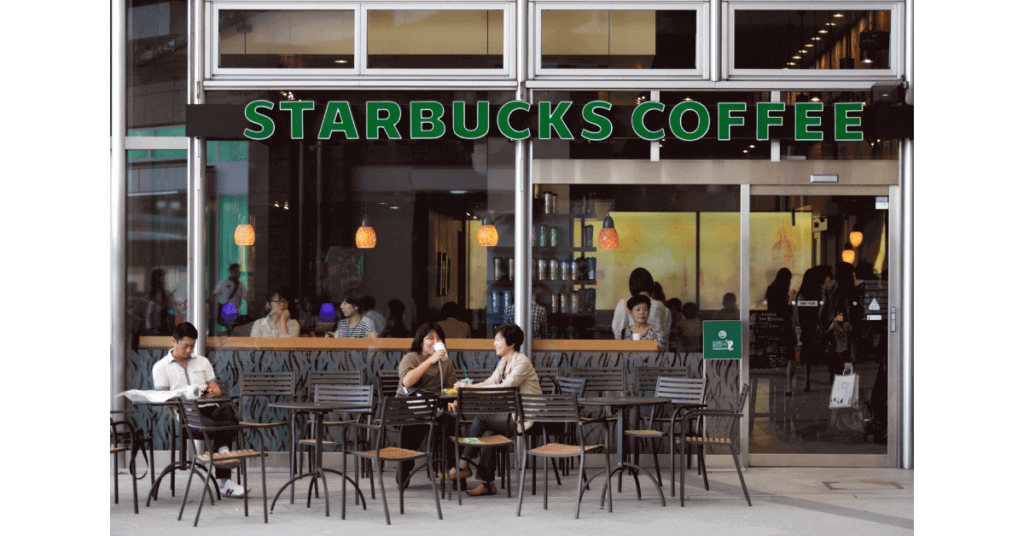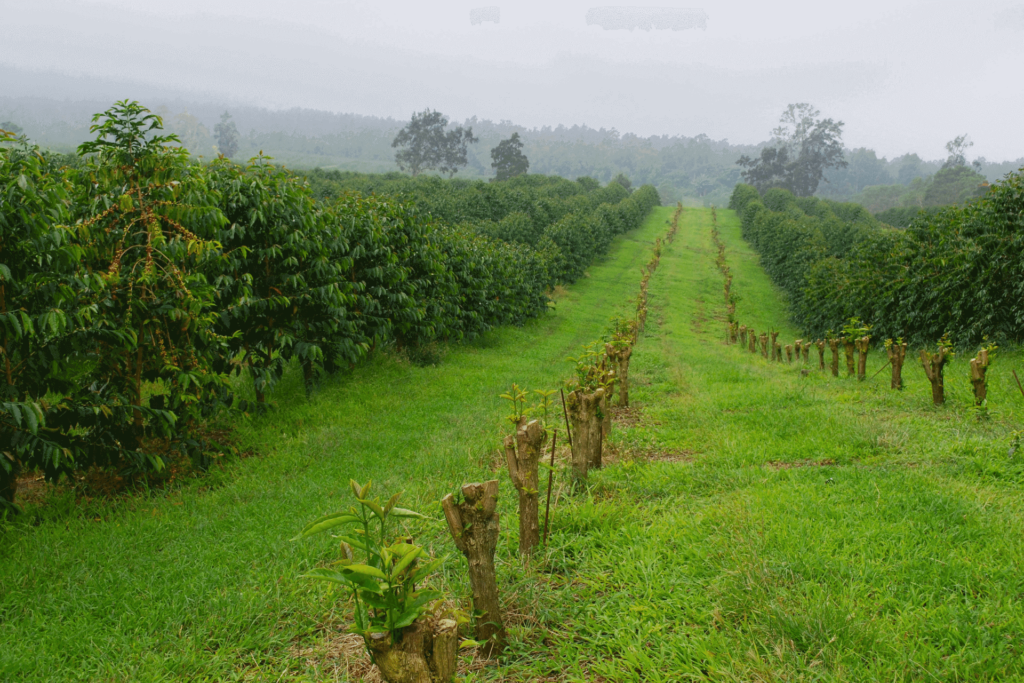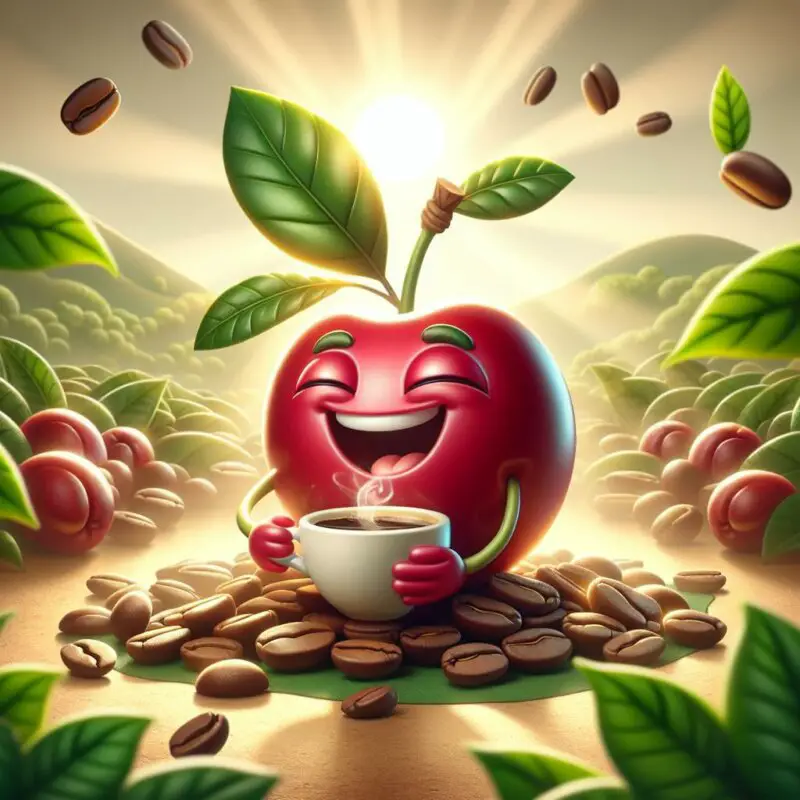This post may contain affiliate links. Please read my disclosure for more info.
This term has puzzled many coffee lovers. The confusion grows with the “third wave” trend popping up in everything, from water to automation.
What exactly is third wave coffee? To get the full picture, let’s start from the beginning with coffee’s first and second waves. Next, we’ll dive into the exciting world of third wave coffee, explore some popular brands, and peek into what the future holds.
First Wave Coffee Was a Commodity

The first wave of coffee didn’t care where beans came from or how they were brewed. Every cup was just a cup, no distinctions made.
The 1960s kicked off a coffee revolution, bringing us canned and instant coffees, along with the classic diner brew. The aim? To make coffee easy to find, affordable, and always the same, leading to stocked grocery aisles and unlimited refills at many eateries.
The first wave of coffee brought us big names like Maxwell House and Folgers. It’s all about those giant coffee brands we all recognize.
Second Wave Coffee Was an Experience

In the late 60s and 70s, some companies fought against the trend of valuing quantity over quality in coffee, aiming to improve its taste and experience.
Peet’s Coffee kicked things off, but Starbucks really changed the game. Whether you’re a fan or not, Starbucks showed us all that coffee isn’t just a drink – it’s a luxury experience.
Starbucks and similar second-wave coffee spots introduced a variety of coffee drinks to many Americans. This includes espresso and favorites like lattes and cappuccinos, offering tasty alternatives to traditional drip coffee.
During the second wave, countries began showcasing their coffee’s unique tastes and traits to stand out from the crowd. This was especially true in the rivalry between Brazilian and Colombian coffee brands.
So What Is Third Wave Coffee?

Third wave coffee treats brewing like art, much like wine lovers savor their drink.
The third wave of coffee celebrates what makes each cup special. It dives into the bean’s journey – from its roots, how it’s grown and picked, to the art of roasting it just right.
Third-wave coffee is all about diving deeper into the coffee culture. It’s about learning, discovering new tastes, and caring for the environment. Unlike the basic coffee of the past, it keeps the good parts of the second wave but adds a whole new level of appreciation.
The second wave brought us cool drinks like lattes, and they’re still loved today. But now, in the third wave, we’re also diving into pour-overs and fresh brewing methods. While lattes were a game-changer, third-wave coffee focuses on achieving the best taste possible, without adding anything extra to the mix.
Discover the amazing world of coffee makers that have transformed home brewing! With the rise of the third wave, gadgets like automatic pour-over machines and the innovative AeroPress are empowering coffee lovers to create café-quality drinks right in their kitchens.
The Origin of Third Wave Coffee
The term “third-wave coffee” first popped up in a 1999 edition of Tea & Coffee Trade Journal Asia. But it wasn’t until 2003, when coffee expert Trish Rothgeb talked about it in the Roaster’s Guild Newsletter, that it really started to catch on.
Trish first mentioned the term, but it stayed under the radar, mostly known only among coffee insiders. That changed when National Public Radio (NPR) featured it in a 2005 episode of All Things Considered. They discussed how baristas were gearing up for a big competition, and suddenly, the name was everywhere.
The Big Three of Third Wave Coffee
Several coffee roasters joined the third-wave coffee movement, but three pioneers stood out, leading the way. They’re so crucial they’re known as the “Third Wave Big Three.” Check out why here.
Intelligentsia Coffee — Chicago, IL
Intelligentsia was a pioneer in direct trade, a key part of the third-wave coffee movement. This means they work directly with coffee farmers, paying them at least 25% more than the Fair Trade price. In return, these farmers promise to follow sustainable and environmentally friendly practices. This approach helps both the quality of coffee and the lives of the growers.
They helped make in-season coffee a big deal. In the world of third-wave coffee, fresh is best. But, coffee plants usually only get picked once a year. By focusing on in-season coffee, they make sure every bean is super fresh. They plan carefully to order beans that are no older than nine months and roast them right before they send them out to you.
Despite being bought by Peet’s Coffee in 2015, Intelligentsia remains a key player in Chicago’s coffee world. Their Black Cat Espresso is a must-try for espresso lovers.
Stumptown Coffee Roasters — Portland, OR
Stumptown shines with its coffee blends, but there’s more! They played a huge role in the third wave coffee movement, introducing an amazing variety of single-origin coffees. This was a game-changer at a time when the term “single-origin” was unfamiliar to most coffee lovers.
Stumptown brought the exciting world of third-wave coffee closer to people through community events. They held fun cupping sessions and homebrew demos, making it easy for anyone to dive into the vast coffee options available. Plus, they sold homebrew gear, allowing coffee lovers to practice their newfound skills at home, beyond the events.
Like Intelligentsia, Stumptown was acquired by Peet’s coffee in 2015.
Counter Culture Coffee — Durham, NC
Counter Culture Coffee led the way in third-wave coffee by being super open about where they got their beans and how much they paid. They even shared yearly reports for everyone to see, which was pretty cool and unique back then.
The company is boosting eco-friendly practices and shining a spotlight on micro-lot coffees. These offer a one-of-a-kind taste from specific, single locations.
Other Major Third Wave Coffee Brands
- Volcanica Coffee — Atlanta, GA
- Ritual Coffee Roasters — San Francisco, CA
- Onyx Coffee — Rogers, AR
- Blue Bottle Coffee — Oakland, CA
- Heart Roasters — Portland, OR
- Madcap Coffee Company — Grand Rapids, MI
- 49th Parallel Roasters — Burnaby, British Columbia, Canada
- PT’s Coffee — Topeka, KS
- Ceremony Coffee Roasters — Annapolis, MD
- Ruby Coffee Roasters — Nelsonville, WI
- Nobletree Coffee — Brooklyn, NY
- Tandem Coffee Roasters — Portland, ME
- Café Grumpy — Brooklyn, NY
- Parlor Coffee — Brooklyn, NY
- Sightglass Coffee — San Francisco, CA
- Wells Coffee — Fort Lauderdale, FL
- Olympia Coffee — Olympia, WA
- Cultured Coffee — Brooklyn, NY
- Nguyen Coffee Supply — Brooklyn, NY
- Sextant Coffee Roasters — San Francisco, CA
Is There a Fourth Wave Coffee?
Exciting news for coffee lovers! The buzz is, fourth-wave coffee could bring a new era focusing on the science behind growing our beloved beans.
Exciting things are happening in the coffee world! Experts are developing new coffee plants, enriching the soil, and enhancing how we harvest. This could kick-start a major coffee revolution. Stay tuned!
Who knows what the future holds for coffee? The next big wave might bring something completely new, or it might not happen at all. With over 70 coffee-producing countries, from Vietnamese coffee brands to Honduran growers and Sumatran beans, everyone’s on the lookout for the next breakthrough. It’s a thrilling time for anyone who loves coffee!












